Effective for training transfer! What is e-learning?
Effective for training transfer! What is e-learning?
Hello. This is Yoda from Tatsuno Information Systems Tokyo Team. The spread of the new coronavirus is unpredictable, but how is everyone doing?
In this article, based on "Introduction to Training and Development: Theory and Practice of Training Transfer" by Diamond, we will introduce the characteristics of training transfer and the efforts necessary to realize it.
How can we take what we've learned and put it into practice in the field and make it work?The theme of this article is the difficult question, "What is the best way to provide in-house training? We look forward to your continued support.
Content
- 1. what exactly is training transfer?
- 2. efforts necessary to achieve training transition
- 3. use e-learning to increase the effectiveness of training transfer!
- 4. Summary
What exactly is a training transition?
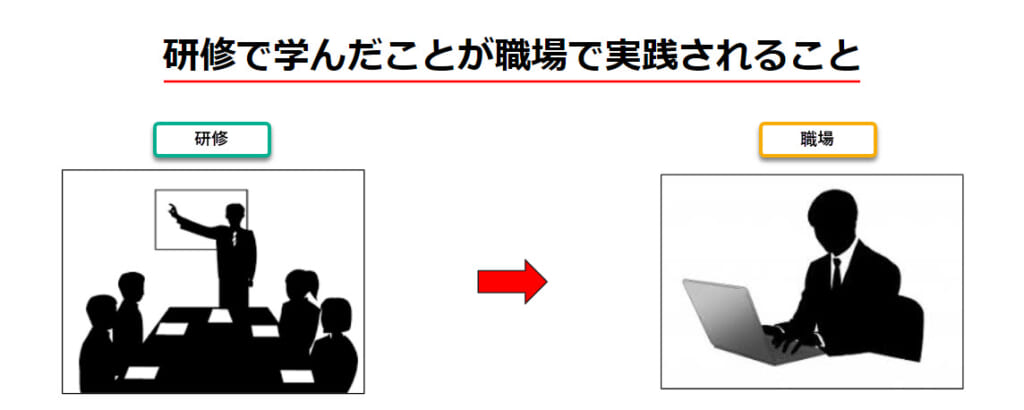
Transfer of Training means that the knowledge and skills learned during the training are actually put into practice in the workplace, and the effects are sustained. However, this is difficult to achieve in reality, and so-called "do-it-yourself" training programs abound.
Training transfer has received a great deal of attention as a way of thinking about applying learning to action since it was plainly introduced in the book "Theory and Practice of Training Transfer" (co-authored by Jun Nakahara, Kimitoshi Shimamura, Eichika Suzuki, and Masayasu Sekine, published by Diamond Inc. in 2018).
Some people say out loud that what they learn in training is not useful in the workplace. It is true that 47% of the participants immediately after taking the course thought, "I want to use the training I learned in the workplace! But after six months, the percentage drops to 12%, and after one year, it drops to a whopping 9%.
Three barriers to training transition
To begin with, there are three major barriers to training. Below is a brief description of the three barriers.
No.1. the wall of memory
The memory barrier is the barrier that says, "I don't even remember any of the things I learned in the training. It is easy to be blocked by the memory barrier if you have just attended the training without any preparation or review.
Have you ever heard of the Ebbinghaus forgetting curve? This is a graph that shows how human memory changes over time.
We are forgetful creatures, we forget less than 70% in a day. What if you are a "learner"? How much of what you have learned in the past do you remember? People are incredibly forgetful creatures.

No. 2: Barriers to practice
The barrier to practice is the question of whether or not the learner will actually try what they have learned in the training. There are two barriers to practice: one is the motivation for learners to willingly try what they have learned in the training, and the other is the opportunity to try it.
To enhance the former, it is important for the instructor to encourage the participants to increase their self-efficacy at the end of the training. As for the latter "opportunity issue," it is necessary to notify and involve the participants' supervisors.
Sometimes one of the most influential factors in training transition is the attitude and support of the participant's supervisor and colleagues. Let's do it! (self-efficacy).
No.3. The Wall of Continuity
The wall of continuity is the wall of "how to practice and continue the contents learned in the training. In order to keep practicing, you need to maintain your motivation and create opportunities and a work environment where you can continue. I, and you, are "fragile beings". Even once you start, you need to have a strong will to keep practicing.
Initiatives needed to achieve training transition

In the first place, training is not a means to learn, but a means to change behavior. If the result is not to change "behavior", then there is no point in training. Therefore, companies need to develop meaningful training programs to develop their employees. So, what should companies do to enhance training transfer (i.e., to put into practice what is learned in the training)?
1. Involve your boss.
A key aspect of training transition is the perspective of how to involve the company's top management and colleagues, who have a significant impact on workplace practices, and to gain their understanding and support.
The most important key to a successful training transition is to involve the supervisors in the workplace. Specifically, you need to get your supervisor deeply involved in the training by forcing him or her to participate in some parts of the training and to run side by side with his or her subordinates. It is also important for the supervisor to share the training with the subordinate at regular intervals, such as three months, six months, or one year, to confirm and reflect on the behavioral change.
What do we learn and how do we learn it? is important, but "who is involved and engaged? is also important. Who is involved in your training? Does your training have the understanding of top management in the workplace?
2. Follow-up and evaluation at each phase: before, during, and after training
In order to be clearly aware of and realize the training transition, it is necessary to devise a plan for each phase of the training process: before, during, and after the training.
pre-training
This is to explain the reason and purpose of the training to the participants before they attend the training. Providing this explanation in advance not only has a great effect on increasing the motivation of the participants, but also facilitates follow-up and evaluation after the course.
during training (e.g. at school)
The training should be interactive and participatory. Set the right goals that will lead to action after the training.
post-training
Utilize onsite and reinforce support and feedback from supervisors and peers on a regular basis.
Thinking about Training and Measuring Effectiveness, "The Kirkpatrick Model's Four-Step Model
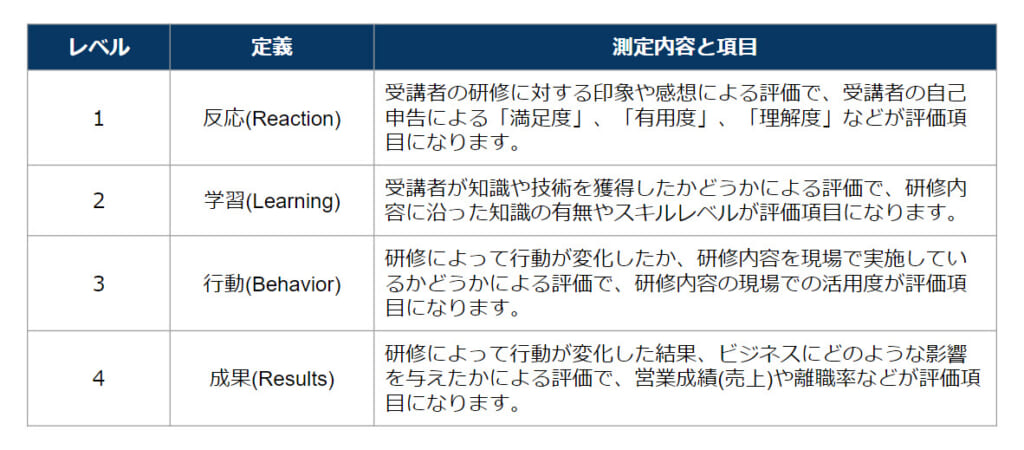
Many companies conduct a questionnaire immediately after the training and use the results as the training evaluation. However, the effectiveness of training decreases as time passes. Therefore, a one-time evaluation immediately after the training is insufficient to measure the level of understanding of the participants.
So when should you evaluate your training? Kirkpatrick's "Four-Step Evaluation Model" is a useful reference when considering the timing and method of training evaluation. This model divides the process of training results into four stages: reaction, learning, action, and outcome. The key to training transfer is to change the behavioral level in the field.
Using e-learning to increase the effectiveness of training transitions!

E-learning is a form of learning that uses the Internet to learn using a computer, tablet, or smartphone. Learning content, such as videos stored on a server (learning management system), is distributed and students take courses using computers, tablets, smartphones and other mobile devices with Internet access.
learningBOX has all the features you need to make your training transition a reality!
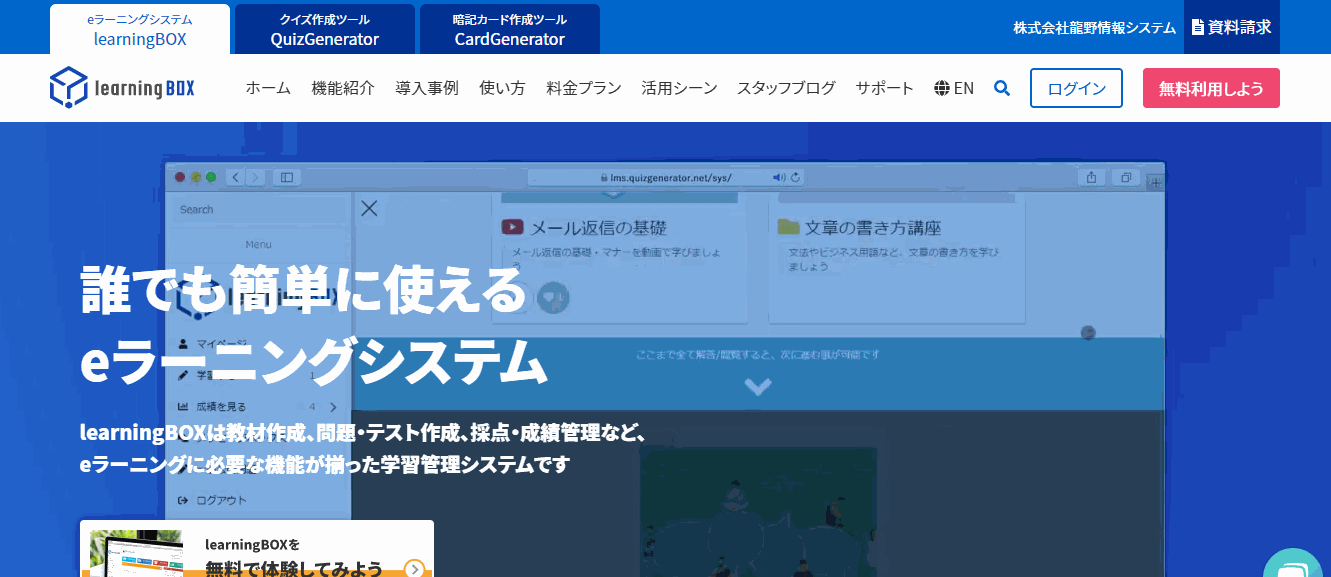
How to overcome memory barriers: repetition and reversal learning
Repetition learning is a learning method in which the content of a training course is reviewed over and over again to make the knowledge stick in the memory. Reverse learning, on the other hand, is a learning method in which participants prepare for the content of a lecture in advance of attending the training, thereby enhancing their understanding of the content at the time of attendance and increasing the effectiveness of exercises and role-playing.
The learningBOX allows you to train and learn at your own pace, regardless of where you are, when you are, or what you are learning.Quiz functionClick here to learn more about the content features of learningBOX.
➡Features of the learningBOX
Message box function for how to overcome the practice barrier
learningBOX is an easy way to communicate within the system. You can easily exchange messages with members who have registered their accounts and check their understanding of online learning.
➡LearningBOX message box
Gamification is a great way to overcome barriers to continuity.
By incorporating gamification, learningBOX is able to create a system that motivates learners and makes it fun to work through to the end. For more information, please see this article.
➡Learn how to create e-learning materials to motivate students to learn!
Click here for an article on in-house training using learningBOX.
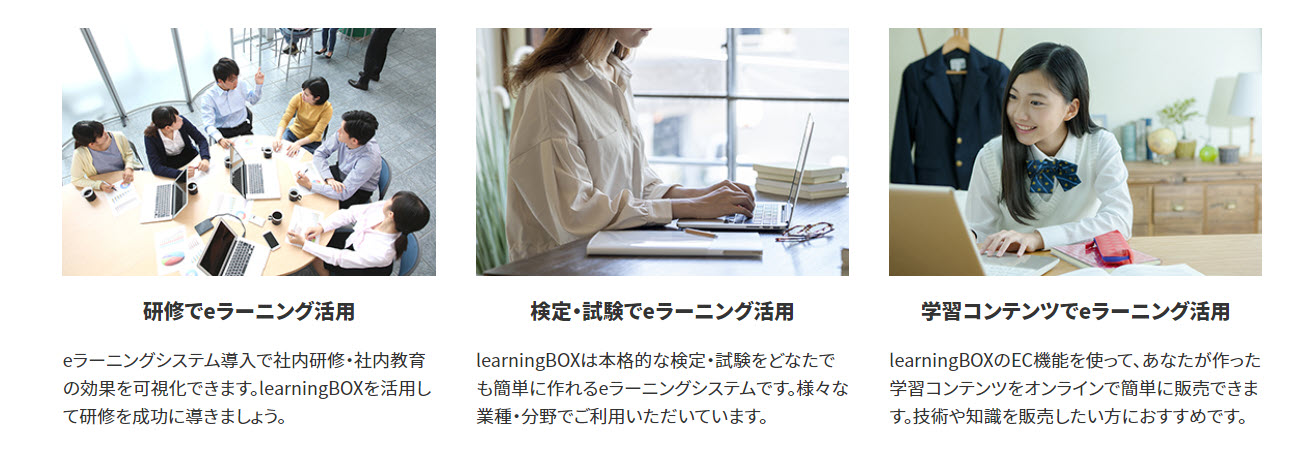
⇒Introduce in-house training for new employees using e-learning
⇒Security Training Using e-Learning to Prevent Information Leakage
⇒Free e-learning system to get started
Summary
In this article, based on "Introduction to Training and Development: Theory and Practice of Training Transfer," published by Diamond, we introduced the characteristics of training transfer and the efforts necessary to realize it.
Training from now on will vary depending on the type of business and the type of work, but telework and other ways of working are spreading as a countermeasure against the new coronavirus infection. In training, it is necessary to avoid "three densities" and conventional group training has become difficult. This is where online training comes into play. Until now, online training has mainly consisted of watching videos. However, the aforementioned "training transfer" does not occur with input alone.
learningBOX doesn't require any computer knowledge! Even if you are not familiar with the system, you can easily create a full-featured in-house training tool. You can look back and give feedback to improve your training. Please try the free plan first to see how it works!
References: Introduction to Training Development "Theory and Practice of Training Transfer" Book: Nakahara Jun, Shimamura Kimitoshi, Suzuki Eichika, Sekine Masayasu
- Changing education with the power of EdTech! Introducing Tatsuno Information System's LMS and in-house facilities...
- A must-read for DX promoters! Get your e-learning in place first!
Comment ( 0 )
Trackbacks are closed.
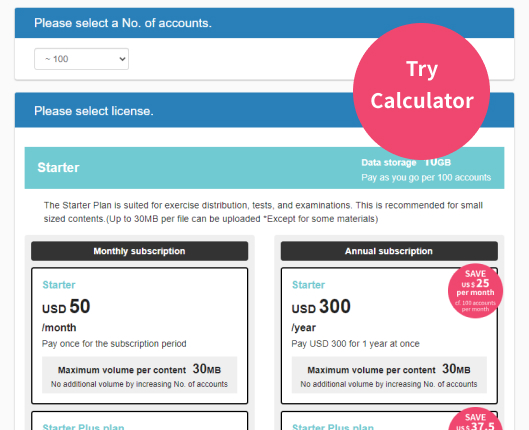

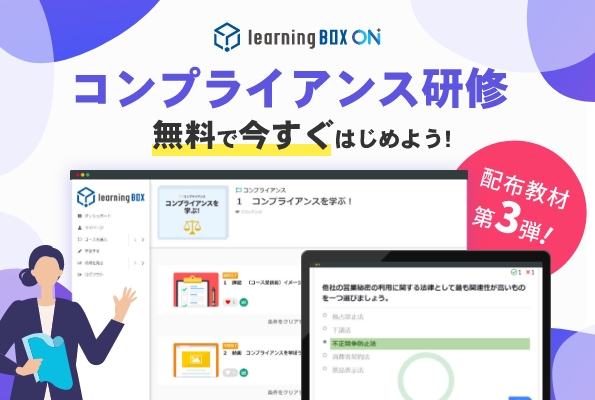
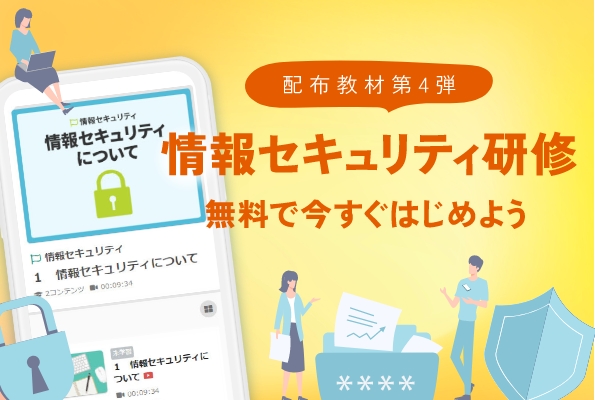
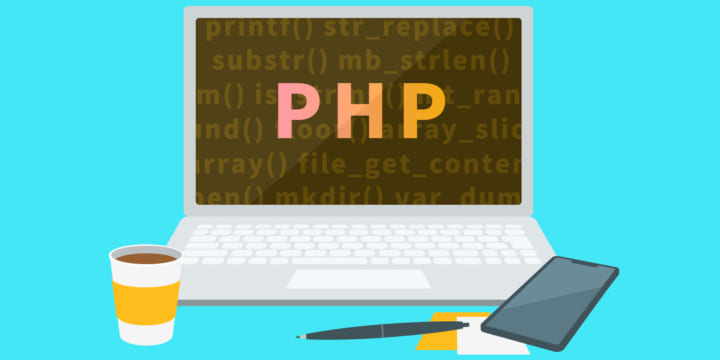



No comments yet.